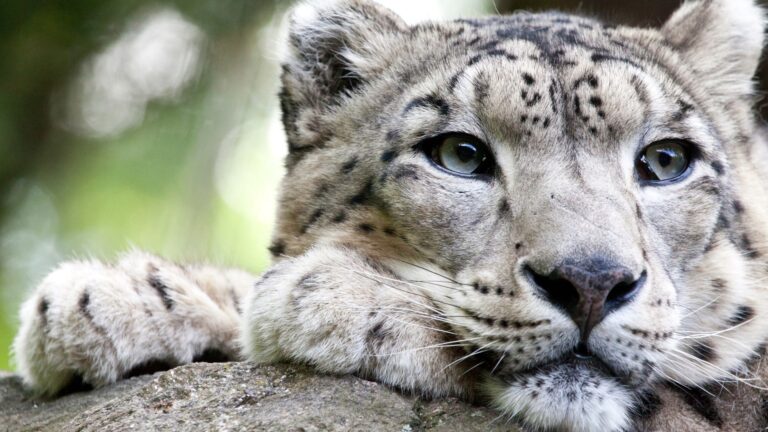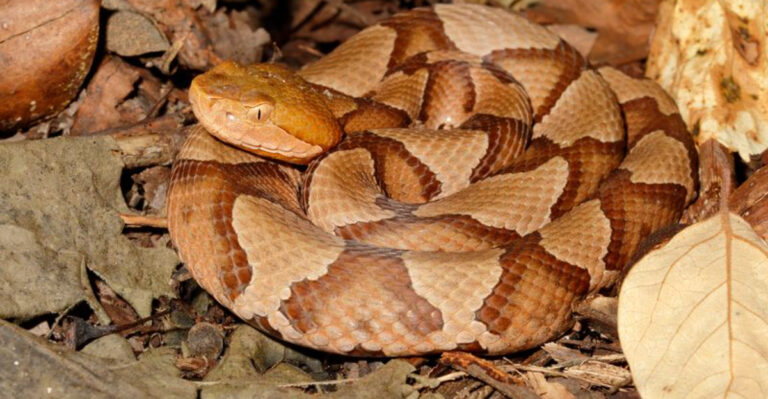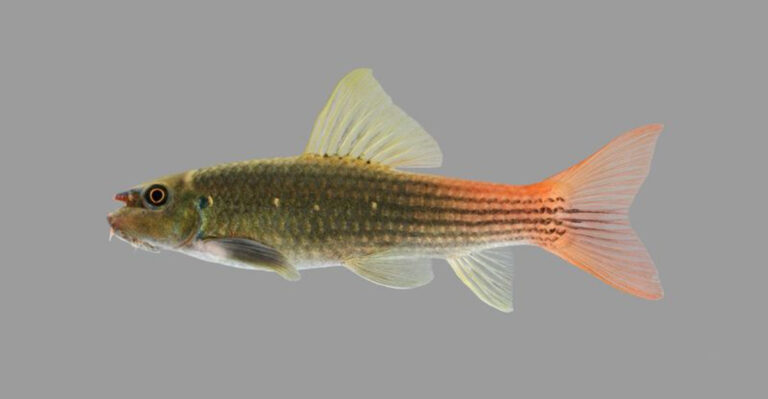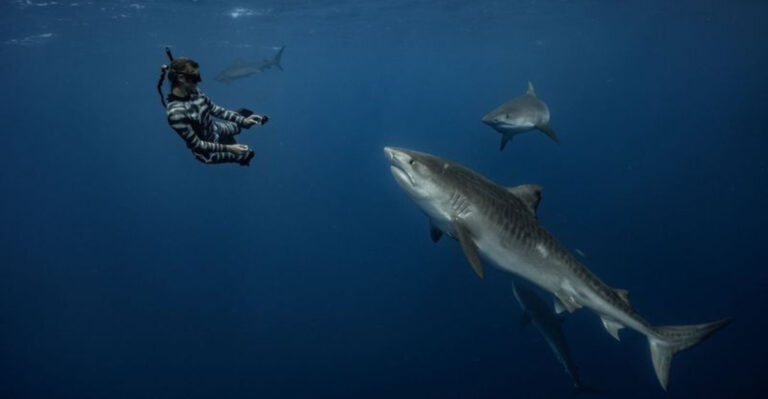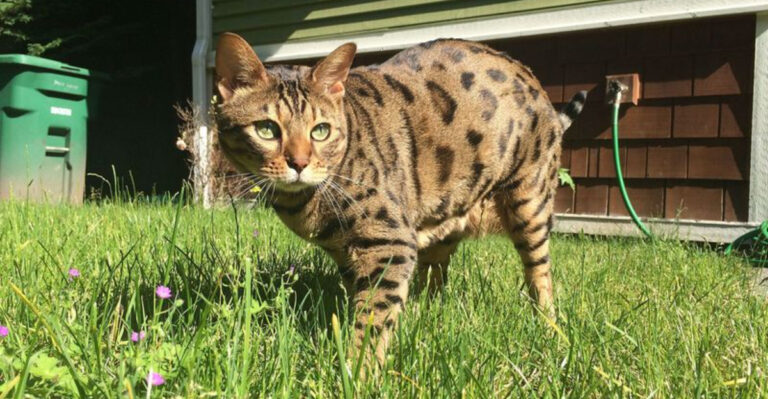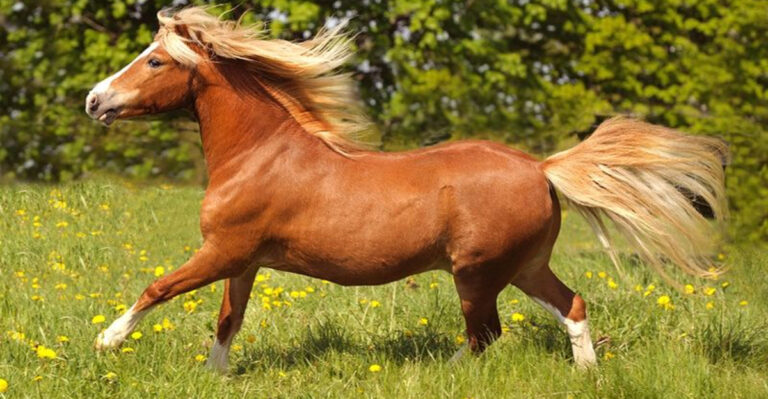Meet The Tiny Predators Shaping U.S. Ecosystems In Big Ways
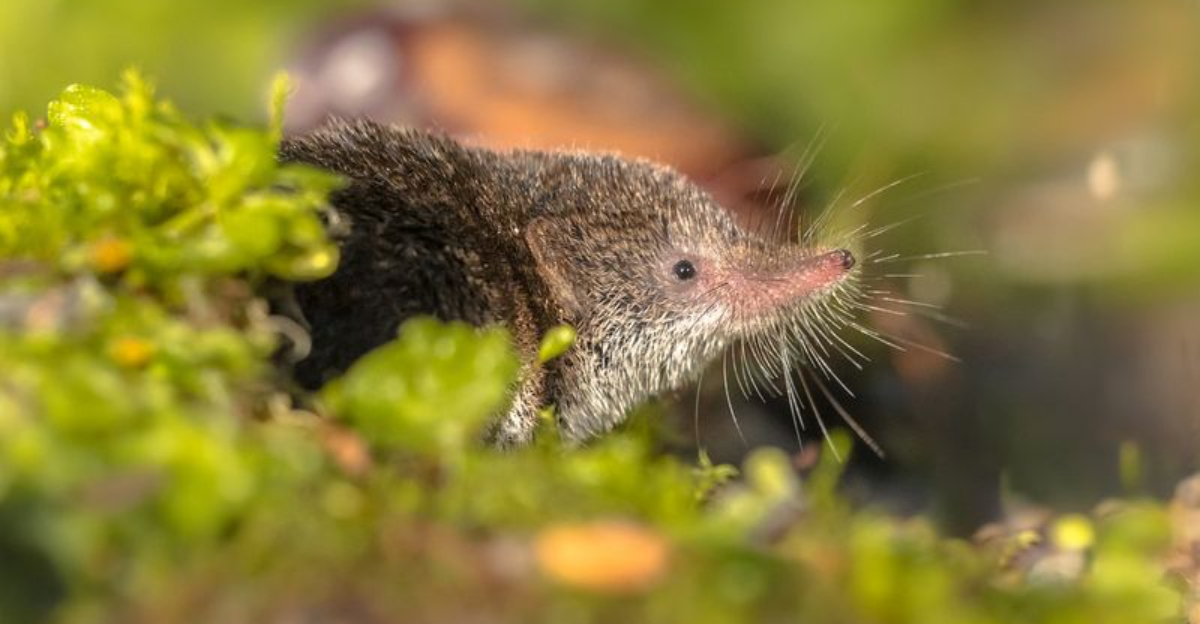
All around us, tiny hunters are quietly changing America’s landscapes. These small predators might go unnoticed as we hike through forests or walk across our yards, but they’re hard at work keeping entire ecosystems in balance.
From controlling pest populations to pollinating plants, these mini-beasts punch far above their weight class in ecological importance. Let’s explore some of the smallest creatures making the biggest impact on U.S. environments.
1. Ladybugs: The Garden’s Tiny Defenders
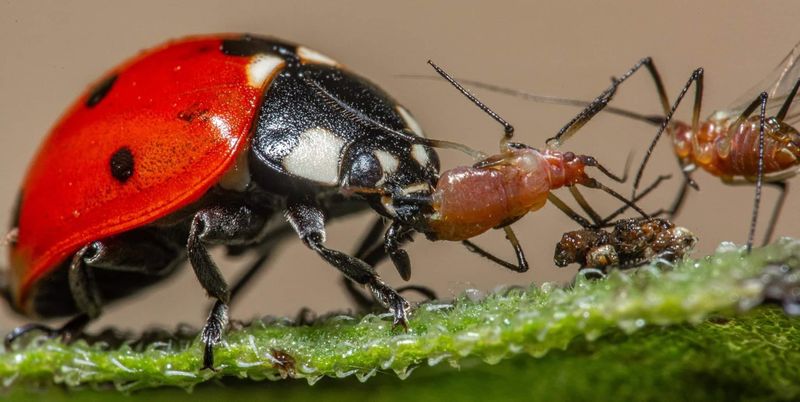
A single ladybug can devour up to 5,000 aphids in its lifetime! These spotted guardians patrol America’s gardens and farms, providing free pest control worth millions of dollars annually. Their voracious appetite for plant-destroying insects makes them agricultural allies.
Farmers and gardeners sometimes purchase thousands of ladybugs to release as natural pesticides. Native to most U.S. regions, these beetles have been helping crops since before chemical pesticides existed.
The bright coloration isn’t just for show – it warns predators that ladybugs taste terrible, a defense mechanism called aposematism. Without these tiny spotted hunters, many plant ecosystems would quickly become overrun with destructive pests.
2. Wolf Spiders: Ground-Dwelling Pest Patrollers
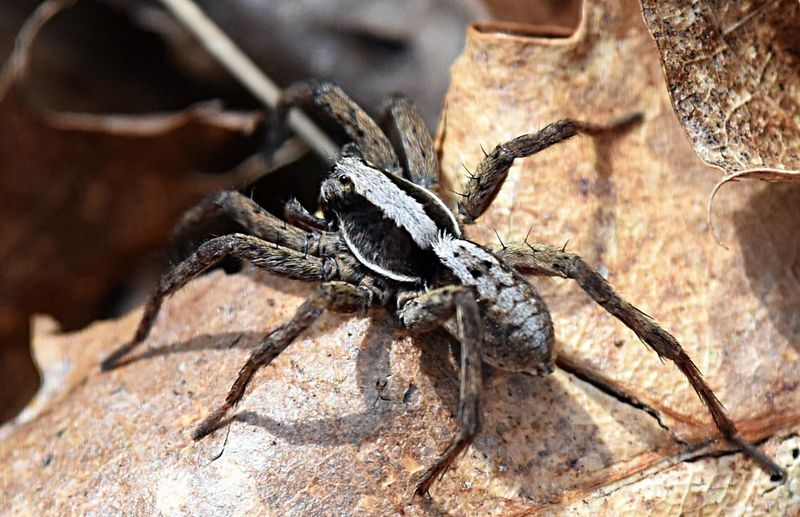
Unlike web-spinning spiders, wolf spiders actively hunt their prey on foot. Found in every U.S. state, these eight-legged predators carry their egg sacs attached to their spinnerets, and later, carry their spiderlings on their backs – talk about dedicated parenting!
Wolf spiders control populations of crickets, earwigs, and other ground-dwelling insects that might otherwise damage crops or invade homes. Their excellent night vision from eight eyes arranged in three rows makes them efficient nocturnal hunters.
Despite their fearsome name, wolf spiders rarely bite humans unless threatened. These solitary hunters play a crucial role in maintaining the delicate balance of garden and forest floor ecosystems across America.
3. Praying Mantis: The Ambush Master
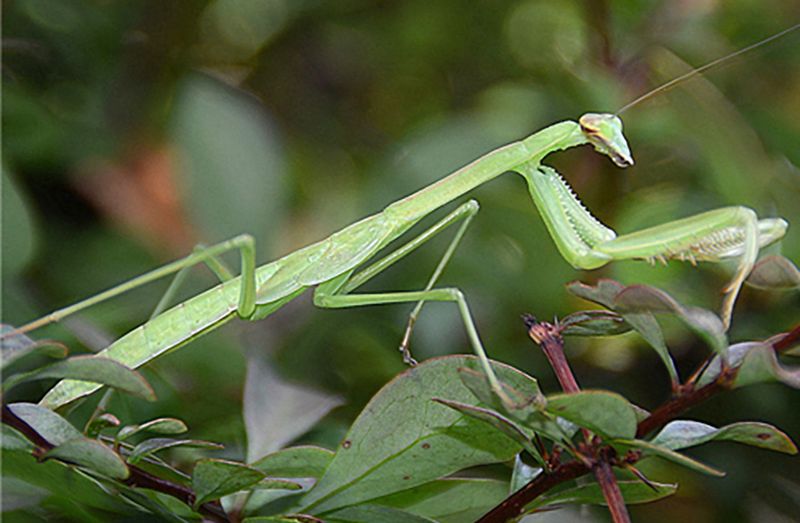
With lightning-fast strikes that occur in just 50-70 milliseconds, praying mantises are nature’s perfect ambush predators. Their triangular heads can rotate 180 degrees, giving them a wide field of vision while their body remains perfectly still, waiting for unsuspecting prey.
Gardeners welcome these beneficial insects because they feast on caterpillars, flies, and even occasional small vertebrates like hummingbirds! Their front legs, equipped with spikes for grasping prey, fold in a position that gives them their ‘praying’ name.
Female mantises sometimes eat their mates after breeding – a behavior that ensures nutritional resources for egg development. Throughout U.S. ecosystems, these patient hunters help control insect populations that might otherwise damage plants.
4. American Burying Beetles: Nature’s Undertakers
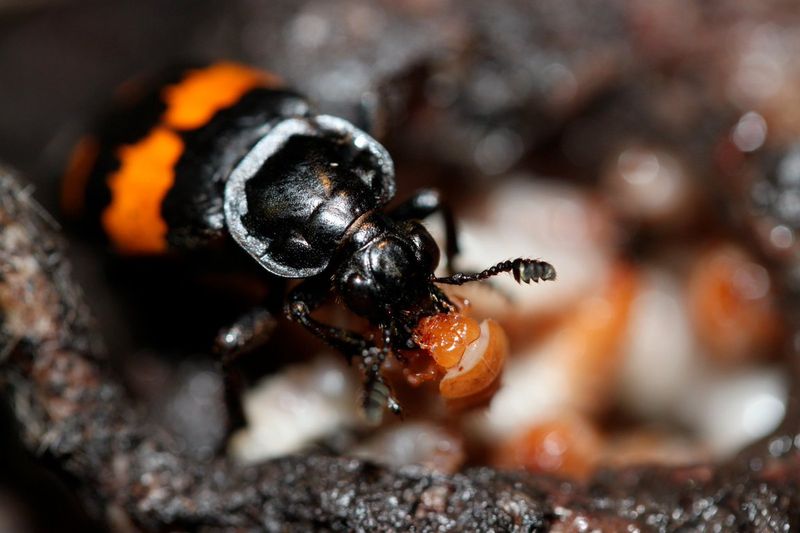
Imagine insects that can smell a dead mouse from two miles away! American burying beetles locate fresh carcasses, then work as pairs to bury animals up to 200 times their size. This remarkable behavior earned them the nickname ‘undertaker beetles.’
Once common across eastern North America, these endangered insects now survive in just a few states. They play a crucial ecological role by recycling nutrients from dead animals back into the soil.
After burying a carcass, females lay eggs nearby, and both parents stick around to feed their larvae regurgitated carrion – rare parental care in the insect world. By quickly removing and burying dead animals, these beetles prevent disease spread while enriching soil throughout their range.
5. Dragonflies: Aerial Mosquito Assassins
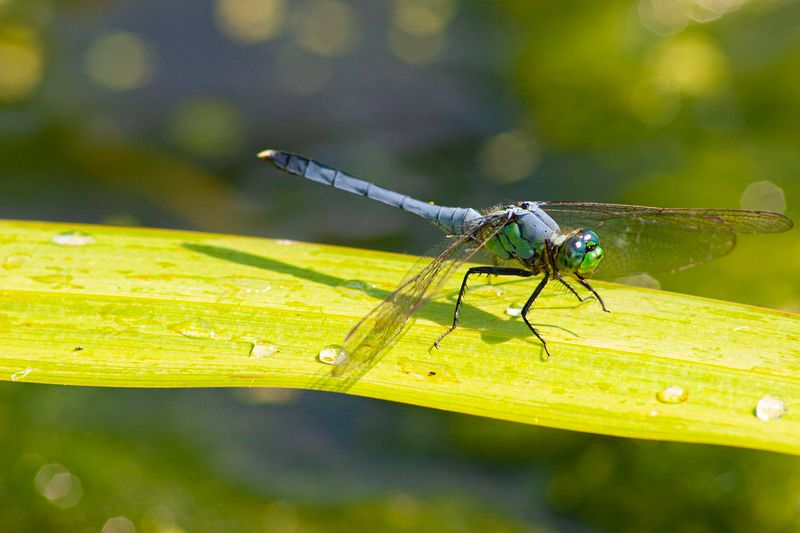
Dragonflies can catch and eat hundreds of mosquitoes daily, earning them the nickname ‘mosquito hawks.’ With nearly 360-degree vision from their compound eyes containing up to 30,000 lenses, these aerial predators rarely miss their targets.
Some species can fly up to 35 mph, making them one of the insect world’s fastest fliers. Their hunting efficiency approaches 95% – meaning they almost always catch what they chase!
Dragonflies spend most of their lives as aquatic nymphs, where they’re equally fierce predators of underwater insects and even small fish or tadpoles.
Adults play a crucial role in controlling disease-carrying mosquito populations across America’s wetlands, ponds, and streams, making them silent guardians of human health.
6. Parasitoid Wasps: The Microscopic Biological Controllers
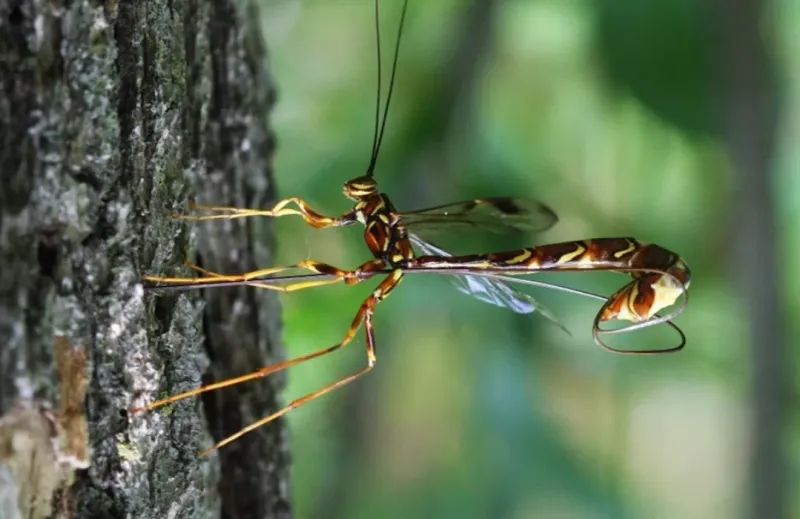
Smaller than a grain of rice, parasitoid wasps might be the most important insects you’ve never noticed. Unlike regular wasps, these tiny hunters lay eggs inside other insects, where their larvae develop by feeding on the host from the inside out – nature’s version of the movie ‘Alien.’
Farmers and foresters rely on these microscopic wasps to control caterpillars, aphids, and beetles that damage crops and trees. Some species are so specialized they target only one pest species.
The Midwest’s soybean farmers save millions of dollars annually thanks to these wasps naturally controlling soybean aphids.
Despite their gruesome lifestyle, parasitoid wasps rarely sting humans and play an irreplaceable role maintaining balance across North American ecosystems.
7. Bats: The Night Shift Insect Controllers

A single little brown bat can catch 1,000 mosquito-sized insects in just one hour! While not the tiniest creatures on our list, these nocturnal mammals still qualify as small predators with outsized ecological impacts across American landscapes.
Using echolocation, bats hunt flying insects that other predators miss. Agricultural areas benefit tremendously – bats save U.S. farmers billions annually by controlling corn earworm moths and other crop pests.
Beyond insect control, many bat species pollinate plants and spread seeds. The endangered lesser long-nosed bat pollinates agave plants used for tequila production!
Despite facing threats from white-nose syndrome and habitat loss, these flying mammals continue providing essential ecosystem services from coast to coast.
8. Shrews: Hyperactive Hunters With Voracious Appetites
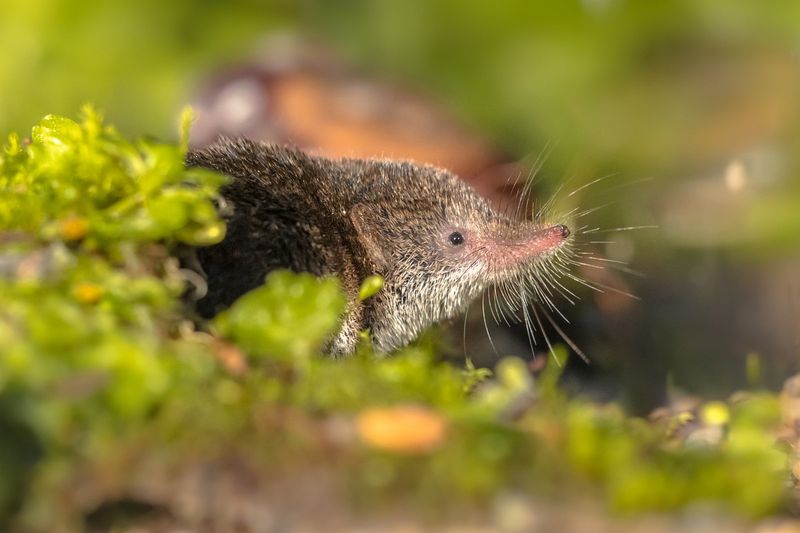
Shrews must eat every few hours or starve to death due to their incredibly fast metabolism. These mouse-sized mammals have hearts that beat up to 1,200 times per minute, giving them barely-contained energy that makes them fearless predators despite their tiny size.
The American pygmy shrew weighs less than a penny yet consumes three times its body weight daily in insects, worms, and small vertebrates. Some shrew species have venomous saliva that helps them take down prey larger than themselves.
Found in forests, fields, and wetlands across North America, shrews control populations of potential pest species that might otherwise damage plant communities. Their constant tunneling also aerates soil, improving plant growth throughout their widespread range.
9. Antlions: Masters Of The Sand Trap
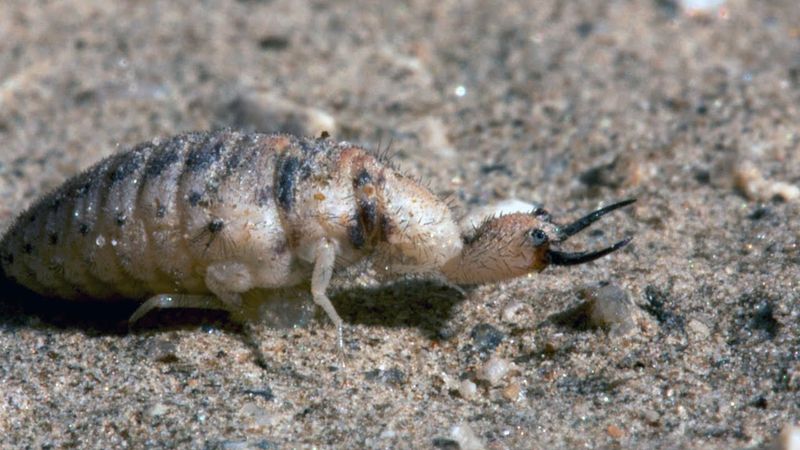
Antlion larvae create perfect conical pits in sandy soil, then wait buried at the bottom for unsuspecting ants to tumble in. When prey falls into their trap, these predators flick sand to cause mini-landslides, preventing escape while they grab the victim with powerful curved jaws.
Found across the southern and western United States, these insects earned nicknames like ‘doodlebugs’ from the strange trails they leave while moving backward through sand. Their hunting strategy requires no energy expenditure beyond digging the initial pit.
Adult antlions transform into delicate, dragonfly-like insects that feed on pollen and nectar. By controlling ant populations, these predators influence soil ecology and protect plants from certain ant-tended aphid species throughout arid American ecosystems.
10. Damselflies: Delicate But Deadly Water Hunters
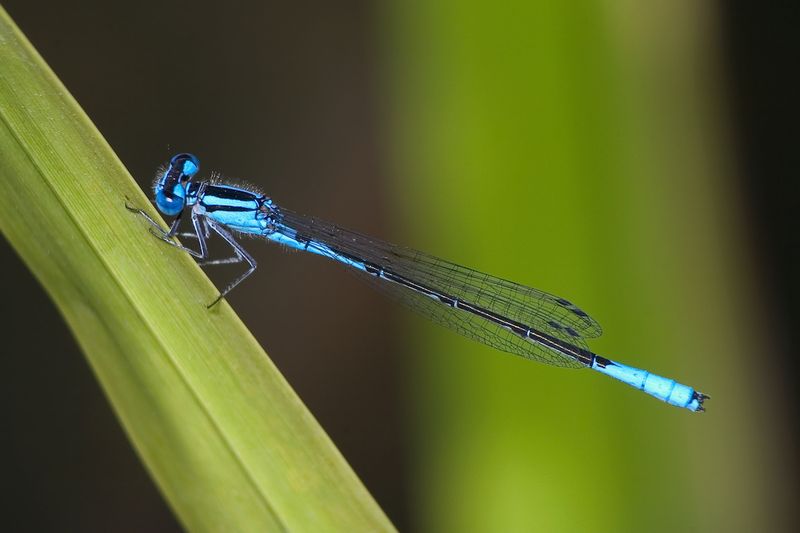
More slender than their dragonfly cousins, damselflies fold their wings over their bodies when resting and move with ballet-like precision. Don’t let their delicate appearance fool you – both adults and aquatic nymphs are fierce predators in freshwater ecosystems.
Damselfly nymphs have a unique extendable lower jaw that shoots out to capture prey underwater. These aquatic hunters feed on mosquito larvae, helping control disease vectors before they even become flying adults.
Scientists use damselfly populations as indicators of water quality because they’re sensitive to pollution.
From mountain streams to suburban ponds across the United States, these elegant insects maintain balanced aquatic food webs while adding flashes of metallic blue, green, and red to waterside landscapes.
11. Assassin Bugs: Stealthy Killers With Chemical Weapons
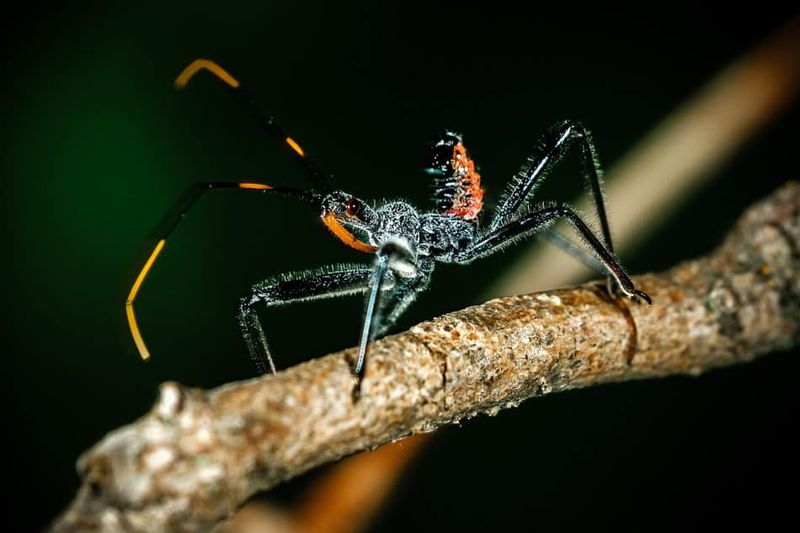
Armed with a needle-like rostrum that injects lethal digestive enzymes, assassin bugs literally liquefy their prey’s insides before drinking them! These stealthy predators creep up on everything from caterpillars to bees, making them valuable controllers of agricultural pests.
Some assassin bug species camouflage themselves with dust or the corpses of their victims. The wheel bug – America’s largest assassin bug – has a distinctive cog-shaped crest on its back and delivers one of the most painful insect bites in North America.
Gardeners welcome these beneficial predators despite their somewhat gruesome hunting techniques. Throughout U.S. ecosystems, assassin bugs help maintain the balance between plant-eating insects and vegetation, protecting biodiversity in natural areas and agricultural settings alike.

